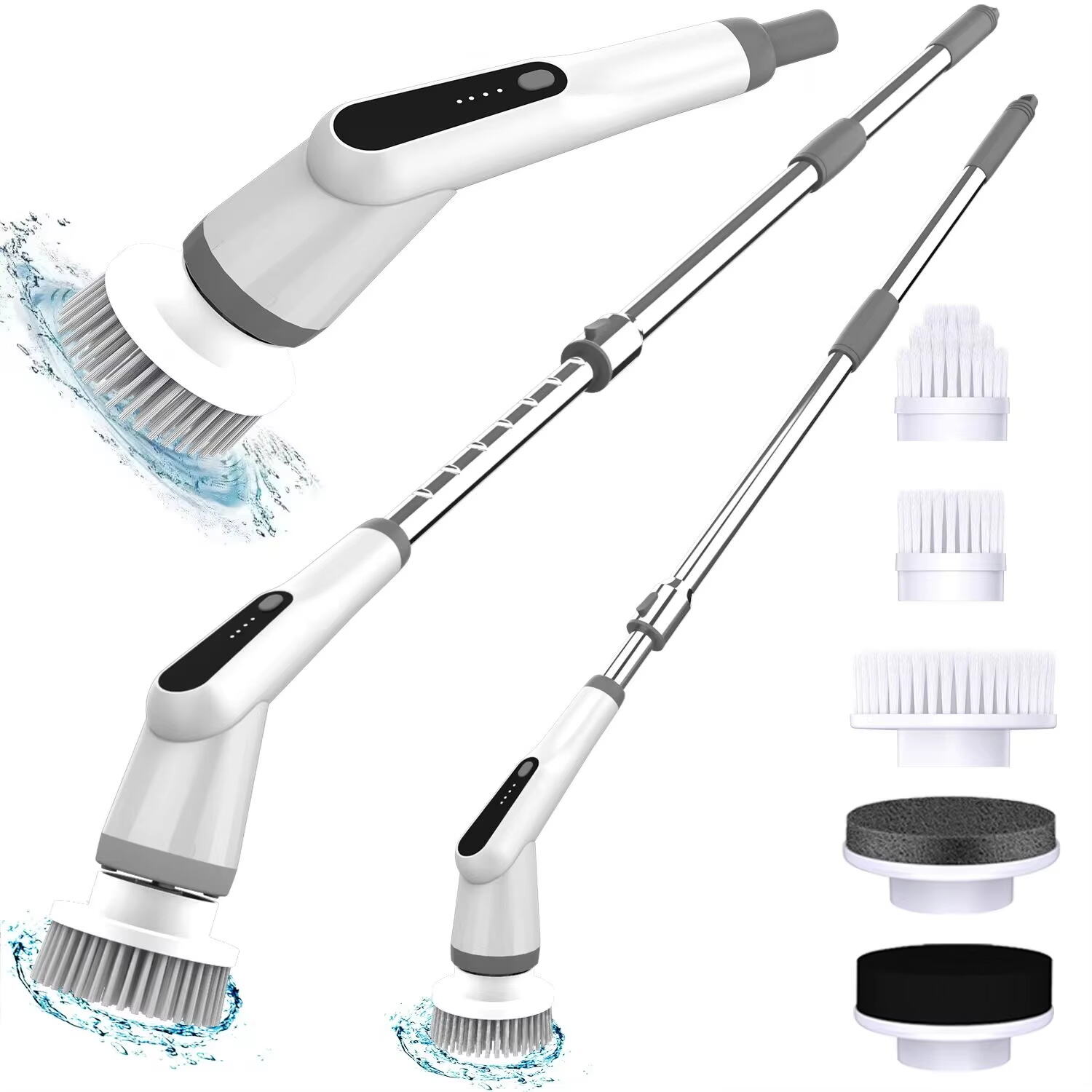Introduction: Importance of Keeping Electronics Clean
Dust and dirt buildup on electronics really matters because they tend to gather over time and can cause overheating problems plus all sorts of performance issues down the road. According to research done by the Consumer Electronics Association, around 8 out of 10 people don't bother cleaning their gadgets very often, something that definitely plays into why so many devices start acting up eventually. The truth is, when we ignore basic cleaning routines for our tech stuff, it affects how well those devices work and how long they last before needing replacement. Cleaning regularly helps keep things running smoothly while also making sure our gadgets stick around longer than they otherwise would. The Environmental Protection Agency actually points out that keeping environments free from excessive dust cuts down significantly on hardware failures too. So yeah, taking care to maintain clean conditions for electronics isn't just good practice it's pretty much necessary if we want them to perform efficiently without breaking down prematurely.
Choosing the Right Electronic Cleaning Brush
Keeping electronic gadgets working properly and looking good requires picking out the right cleaning brush for the job. These brushes clear away dust and grime that builds up inside components over months and years, stuff that eventually causes problems such as excess heat buildup or slower response times from hardware. What follows is an overview of several common electronic cleaning brushes available on the market today, each designed for particular situations where they work best.
Soft-Bristle Brushes for Screens and Keyboards
Soft bristle brushes work great on sensitive stuff like computer screens and keyboard areas where harsh scrubbing just won't do. These brushes sweep away dust particles without leaving any scratch marks, so electronic devices stay looking good over time. Most tech manuals actually recommend soft bristles specifically for these surfaces because harder materials might ruin the finish. Tech support folks we've talked to say getting the brush type right makes all the difference when it comes to avoiding accidental damage during regular maintenance routines.
Anti-Static Brushes for Circuit Boards
When dealing with delicate work such as cleaning circuit boards, having an anti-static brush becomes really important. The main job of these brushes is stopping static electricity from building up and causing damage to those tiny parts inside electronics. Static shocks might seem harmless to us humans but they can actually fry some pretty expensive components. A study from IEEE suggests that using proper anti-static equipment cuts down on electrostatic discharge risks by around 90 percent. That's why most tech repair shops stock them up front alongside soldering irons and multimeters. Anyone working regularly with electronics should keep one handy because even small amounts of static can spell trouble for sensitive circuits.
Features to Look for in an Electronic Cleaning Brush
Looking for an electronic cleaning brush? Pay attention to how soft those bristles feel, what size they come in, and whether they have any anti-static stuff built in to stop that annoying static mess. According to folks at Consumer Reports, getting these basics right means cleaner results without damaging whatever gadget needs cleaning. Don't forget about how it feels in the hand either. A brush that fits comfortably makes all the difference when spending time on those tricky spots. And let's face it, nobody wants to buy something new every few months just because the old one broke down after minimal use. Go for something sturdy enough to last through multiple cleaning sessions without falling apart.
Step-by-Step Cleaning Process
Power Off and Unplug the Device
First things first, make sure the electronic gadget is turned off completely and disconnected from power. Safety comes first here because turning it off reduces the chance of getting shocked and keeps the device from getting damaged during cleaning. Most safety manuals actually recommend shutting down electronics before starting any kind of maintenance or cleaning work around them. Simple enough really, but it goes a long way toward preventing those nasty little surprises nobody wants when working with electricity.
Use a Dry Brush to Remove Surface Dust
Grab a dry brush and give it a gentle sweep over your electronic gear to knock off any dust buildup. Works really well on those tricky spots where moisture could cause problems if it got inside. Most electronics companies actually suggest this kind of dry cleaning approach when doing regular maintenance checks. They know that keeping things dry helps these devices last longer without unexpected breakdowns down the road.
For Deeper Cleaning, Use an Anti-Static Brush with Compressed Air
To get really good results when cleaning electronics, it helps to pair an anti static brush with some canned air. This method lets people reach into those hard spots on circuit boards and other sensitive parts while avoiding any risk of moisture getting where it shouldn't. According to research from the National Institute for Standards and Technology, doing these kinds of deep cleans on schedule actually stops dust from accumulating over time. And we all know what happens when dust builds up inside devices right? It causes them to run hotter than normal, and eventually something breaks down because of the heat.
Safety Tips for Cleaning Electronics
Avoid Using Excessive Force
Too much pressure when cleaning electronic devices often results in broken parts, especially inside things like laptops and phones where components are really tiny and fragile. Most people who fix these kinds of devices day in and day out will tell anyone who'll listen that going easy on them during cleaning is absolutely essential. A little bit of care goes a long way toward keeping those expensive little machines working properly for years instead of ending up at the bottom of a drawer somewhere. Just think about how many folks have accidentally scratched screens or worse by using something too abrasive on their gadgets.
Do Not Use Liquid Cleaners Unless Recommended
Don't reach for liquid cleaners when dealing with electronics unless the manufacturer specifically says it's okay. Most of these fluids will find their way into all sorts of places inside gadgets and can really mess things up, sometimes beyond repair. The folks at the Electronic Industries Alliance have been sounding alarms about how much trouble moisture can cause for those delicate circuit boards inside our tech toys. Stick to what comes recommended in the manual or from trusted sources. Trust me, spending a little extra time finding the right cleaner now saves headaches later when trying to explain why the warranty got voided after a simple clean.
Handling Sensitive Components Safely
When working with delicate electronic parts, taking proper precautions really matters if we want them to keep functioning properly. Most tech professionals swear by anti-static wristbands as essential gear for anyone touching circuit boards or other sensitive equipment. Static buildup from our hands can fry tiny components on a motherboard or damage semiconductor layers inside chips. According to standards set by organizations like the International Electrotechnical Commission, following basic safety rules makes all the difference. Beyond just protecting expensive hardware investments, these simple steps actually reduce risks for technicians who might otherwise suffer shocks or injuries while performing repairs and upgrades.
Conclusion: Proper cleaning ensures device longevity and efficiency
Keeping electronics clean does more than just make them look better it actually helps them work better too, and can add several years to their useful life. When people regularly maintain their gadgets with proper methods and equipment such as those small brushes designed specifically for electronics, they're protecting these items from gradual wear and tear while maintaining consistent performance over time. Following basic safety rules during cleaning and being careful with how devices are handled isn't just good practice it's basically investing in keeping expensive technology functional without having to replace it sooner than necessary.
FAQ
Why is it important to keep electronics clean?
Keeping electronics clean is important to prevent dust accumulation, which can lead to overheating and performance issues. Regular cleaning helps maintain functionality and extend the lifespan of the devices.
What type of brush should be used for cleaning electronic devices?
Soft-bristle brushes are ideal for screens and keyboards, while anti-static brushes are suitable for sensitive tasks such as cleaning circuit boards.
Is it safe to use liquid cleaners on electronics?
It is not safe to use liquid cleaners on electronics unless explicitly recommended by the manufacturer, as liquids can cause damage to electronic circuits.
How can I safely handle sensitive electronic components?
To safely handle sensitive electronic components, using anti-static wristbands is recommended to prevent static electricity build-up that could harm the devices.


